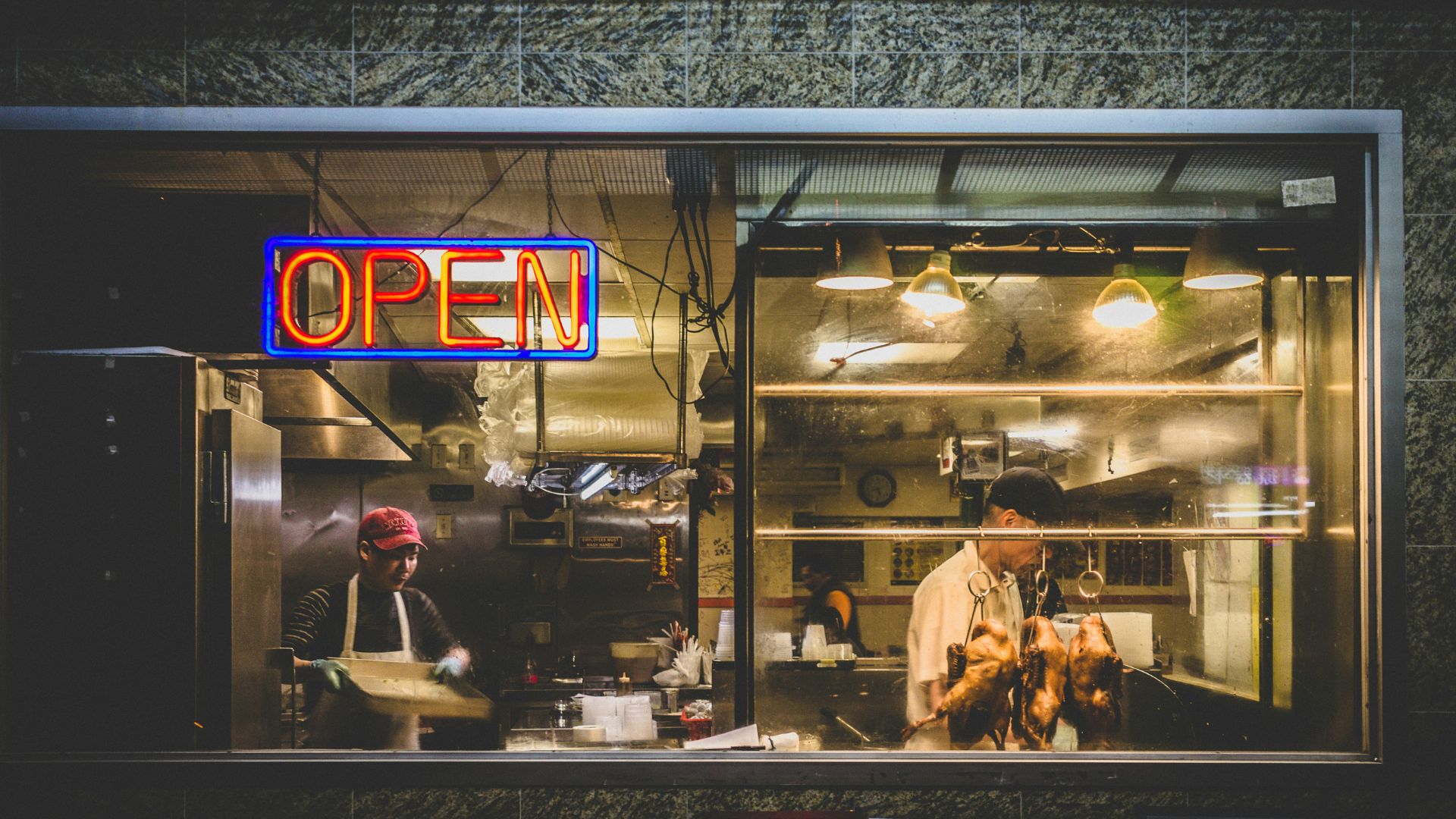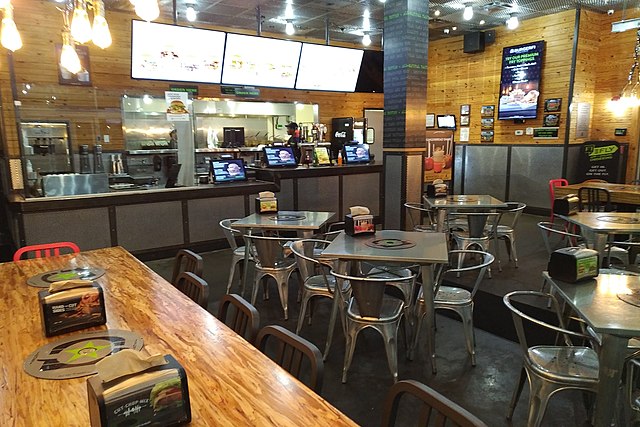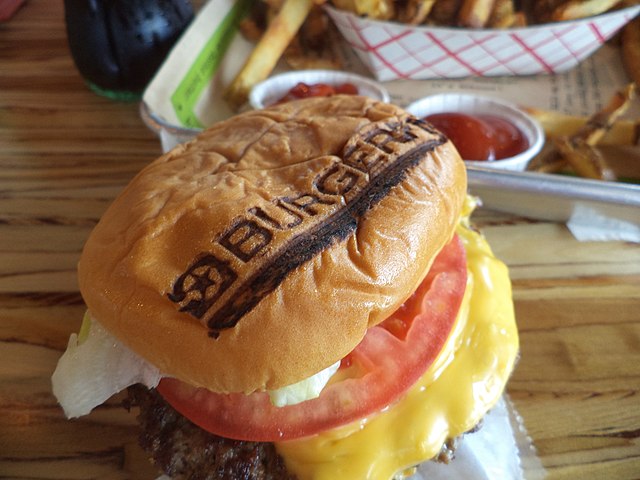The restaurant industry has undergone significant changes due to the COVID-19 pandemic, and many chains continue to face challenges as prices rise, despite employment being at an all-time high. Concerns about job security persist among many workers.
Restaurant customers have experienced price increases, leading many Americans to become more selective about dining out. Additionally, with many companies continuing to operate remotely or on a hybrid schedule, eateries that once thrived on prime locations now struggle to attract customers.
Uncertain Times for Restaurants

A restaurant near an office complex that now sees fewer daily visitors can have excellent food but still face difficulties.
Relocating a restaurant is not an easy task, and even if it were possible, those working from home are less likely to dine out.
Many Forced to Close

This situation has hit many chains hard, especially those already burdened with COVID-related debt at high interest rates, rising labor costs, and increased food prices.
As a result, many chains have been forced to close locations or shut down entirely.
BurgerFi in Financial Trouble

Wikimedia
For instance, Red Lobster has closed around 50 restaurants and filed for Chapter 11 bankruptcy protection. Boston Market’s owner has been legally prevented from filing for formal bankruptcy, but the chain faces significant debt and has only a few locations left.
A publicly traded restaurant company with two well-known brands has announced measures to address its financial issues. BurgerFi, which also owns Anthony’s Coal Fired Pizza, is taking steps to improve its financial position.
Fast-Food Market Changing

There was a time when it seemed fast-casual chains might outcompete casual sit-down chains.
By not offering waiter service, these companies save money, and chains like Chipotle typically provide higher-quality food than traditional fast food.
Consumers Cut Spending

However, consumers have generally been willing to pay a premium for food from fast-casual chains, but more people are now opting for cheaper options. This trend is similar to how Walmart has seen an increase in customers with six-figure incomes.
Even in a strong economy, shifting needs have left many people wary of spending due to the risk of layoffs.
BurgerFi Products “Superior”

Wikimedia
BurgerFi International (BFI) operates two brands: Anthony’s Coal Fired Pizza & Wings and its namesake burger chain.
BurgerFi promotes itself as offering a superior product compared to traditional fast food, though it does not explicitly name competitors.
“Next-Level Burgers”

Wikimedia
“We don’t just serve great burgers. Since 2011, we’ve been serving next-level burgers made with fresh ingredients from the top suppliers across the country with an uncompromising standard for flavor and quality in everything we do,” the chain states on its website. The company uses similar language for its pizza chain.
“Fresh ingredients are at the core of our menu; coal-fired flavor is at the heart of who we are,” the company posted on Anthony’s Coal Fired website. “We use only the highest quality ingredients, including hand-picked Italian tomatoes for our sauce, vine-ripened plum tomatoes for our salads, Pecorino Romano grated in-house, fresh vegetables and herbs, and homemade dough.”
Superior Products Translates to Higher Prices

One issue is that better ingredients are more expensive.
BurgerFi is reviewing its strategic alternatives. The company announced several key initiatives to enhance its prospects and ensure stable management during this process.
Reviewing Strategic Plan

Freepik
The company’s board has hired Kroll Securities as a financial adviser to support the evaluation of strategic alternatives. BurgerFi clarified that the outcome of the review might not be favorable.
“There can be no assurance, however, that the strategic review process will result in an outcome favorable to the company or its stakeholders,” BurgerFi stated.
Money is Borrowed

The company defaulted on its credit facility in April. Trew Capital Management Private Credit has agreed to a forbearance period until at least July 31. Additionally, L Catterton and Trew have each agreed to lend BurgerFi $2 million during this strategic-review process.
Anthony’s currently has 60 locations, with the company owning 59 and a franchisee running one. BurgerFi has 102 locations, 75 franchised and 27 corporate-owned.
SEC Has Been Made Aware

BurgerFi filed documents with the Securities and Exchange Commission acknowledging potential risks to its survival. These risks include “our ability to continue to access liquidity, to pursue and enter into a strategic transaction or seek a strategic transaction while in bankruptcy protection, to maintain our listing on the Nasdaq Stock Exchange, and to continue as a going concern.”
While this is legally required language, the company received a delisting notification from Nasdaq in January, with approximately $4 million in cash and $5 million in accounts payable.








































